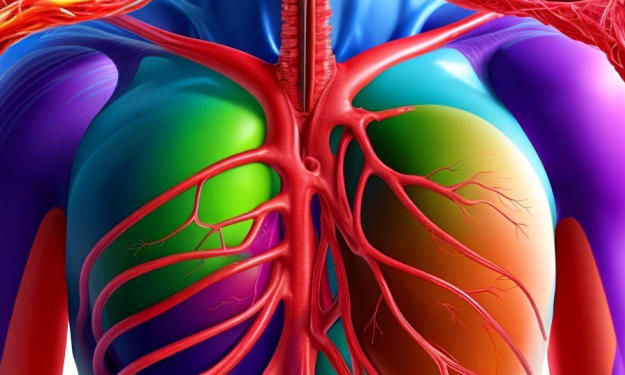The Biggest Titanic ship 😨😨
The Biggest Titanic ship 😨😨
Titanic ship History
The Titanic was a British passenger liner that tragically sank during its maiden voyage in 1912. It was one of three Olympic-class ocean liners commissioned by the White Star Line, designed by naval architect Thomas Andrews and built by the Harland and Wolff shipyard in Belfast, Northern Ireland. The ship was designed to carry 2,435 passengers and 900 crew members.
The Titanic's maiden voyage began on April 10, 1912, with scheduled stops in Cherbourg, France, and Queenstown (now Cobh), Ireland, before heading toward New York City. The ship offered luxurious accommodations in first class, comfortable amenities in second class, and basic facilities in third class. The ship's crew began evacuating passengers into lifeboats, but there were not enough lifeboats to accommodate everyone on board due to outdated maritime safety regulations. The lifeboats that were available were not filled to capacity.
The Titanic broke apart and sank in the early hours of April 15, 1912, at around 2:20 AM. The stern rose out of the water before the ship finally split in two and submerged. Over 1,500 of the approximately 2,224 passengers and crew aboard, over 1,500 of whom died due to hypothermia in the freezing Atlantic waters.
The disaster prompted international investigations that led to significant changes in maritime safety regulations. The International Convention for the Safety of Life at Sea (SOLAS) was established to improve safety standards, including requirements for sufficient lifeboats and better ice patrols. The story of the Titanic has captivated the public imagination for over a century, inspiring numerous books, films, and documentaries.
The discovery of the wreck of the Titanic on September 1, 1985, by a joint American-French expedition led by Robert Ballard, lies about 12,500 feet (3,800 meters) below the surface of the North Atlantic, approximately 370 miles (600 kilometers) south-southeast of Newfoundland, Canada. Since its discovery, numerous expeditions have explored the wreck, recovering artifacts and providing insights into the ship's construction and the events of its sinking.
Memorials and museums around the world commemorate the Titanic and its passengers, with notable ones including the Titanic Belfast museum in Northern Ireland and the Titanic Museum Attraction in Branson, Missouri, and Pigeon Forge, Tennessee. Artifacts recovered from the wreck are displayed in various exhibitions, contributing to our understanding of the disaster.
The Titanic collision was caused by several factors, including the nature of the iceberg, the speed of the ship, delayed iceberg warnings, design and construction flaws, human error and misjudgment, environmental conditions, and technological and operational limitations. Lifeboat requirements were required for all passengers and crew, and the International Ice Patrol was established to monitor iceberg dangers in the North Atlantic.
In conclusion, the Titanic disaster led to significant changes in maritime safety regulations, including the requirement for ships to carry enough lifeboats for all passengers and crew, the establishment of the International Ice Patrol, and the establishment of the International Convention for the Safety of Life at Sea.The Titanic, a British passenger liner, tragically sank during its maiden voyage in 1912. It was one of three Olympic-class ocean liners commissioned by the White Star Line and designed by naval architect Thomas Andrews. The ship's crew began evacuating passengers into lifeboats, but there were not enough due to outdated maritime safety regulations. The lifeboats were not filled to capacity, and the Titanic broke apart and submerged on April 15, 1912. Over 1,500 of the 2,224 passengers and crew aboard died due to hypothermia in the freezing Atlantic waters.
The disaster prompted international investigations that led to significant changes in maritime safety regulations. The International Convention for the Safety of Life at Sea (SOLAS) was established to improve safety standards, including requirements for sufficient lifeboats and better ice patrols. The story of the Titanic has captivated the public imagination for over a century, inspiring numerous books, films, and documentaries.
The discovery of the Titanic's wreck on September 1, 1985, by a joint American-French expedition led by Robert Ballard, lies about 12,500 feet below the surface of the North Atlantic. Numerous expeditions have explored the wreck, recovering artifacts and providing insights into the ship's construction and sinking events.
Memorials and museums worldwide commemorate the Titanic and its passengers, with notable ones including the Titanic Belfast museum in Northern Ireland and the Titanic Museum Attraction in Branson, Missouri, and Pigeon Forge, Tennessee. The Titanic collision was caused by various factors, including the nature of the iceberg, ship speed, delayed iceberg warnings, design flaws, human error, environmental conditions, and technological and operational limitations.
About the Creator
Enjoyed the story? Support the Creator.
Subscribe for free to receive all their stories in your feed. You could also pledge your support or give them a one-off tip, letting them know you appreciate their work.







Comments (1)
I have always been searching for new and innovative information about this ship. Thanks for sharing.